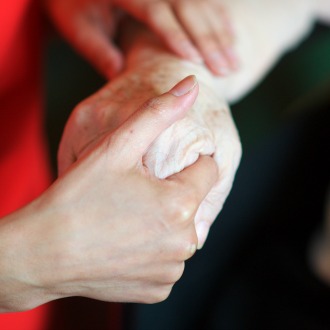Deaths from strokes fell by 55% over a decade due to improvements in care

Stroke mortality rates fell by over 55% over a ten-year period due to improvements in care, according to new research.
The study by the BMJ found that deaths from strokes fell by over half between 2001 and 2010. It also found that stroke event rates fell by 20%, and case fatality by 40%.
The research, which looked at 795,869 people in England, found that improvements in stroke care had ‘probably’ driven the change.
The report said: ‘Declines in case fatality, probably driven by improvements in stroke care, contributed more than declines in event rates to the overall reduction in stroke mortality.’
However, the study found that the number of stroke mortality rates increased by 2% each year in adults aged 35-54 years old.
‘Mortality reduction in men and women younger than 55 was solely a result of a decrease in case fatality, whereas stroke event rates increased in the age group 35 to 54 years,’ said the report.
Researchers found that even though prevention was effective in older patients, it was less so in the young.
They said: ‘The increase in stroke event rates in young adults is a concern. This suggests that stroke prevention needs to be strengthened to reduce the occurrence of stroke in people younger than 55 years.’
The authors of the report called for increased prevention of vascular events to try and reduce the mortality rate further.
The researchers said: ‘To reduce the burden of stroke care on hospitals and decrease the dependence on emergency services, prevention of vascular events needs to be strengthened, which would lead to reduction in stroke mortality through reduction in stroke occurrence.’
It follows reports that progress had slowed in tackling premature deaths from heart attacks and strokes since 2014.
Earlier this month, the NHS announced a new £9m programme to boost anticoagulation rates in atrial fibrillation.
Visit Pulse Reference for details on 140 symptoms, including easily searchable symptoms and categories, offering you a free platform to check symptoms and receive potential diagnoses during consultations.









